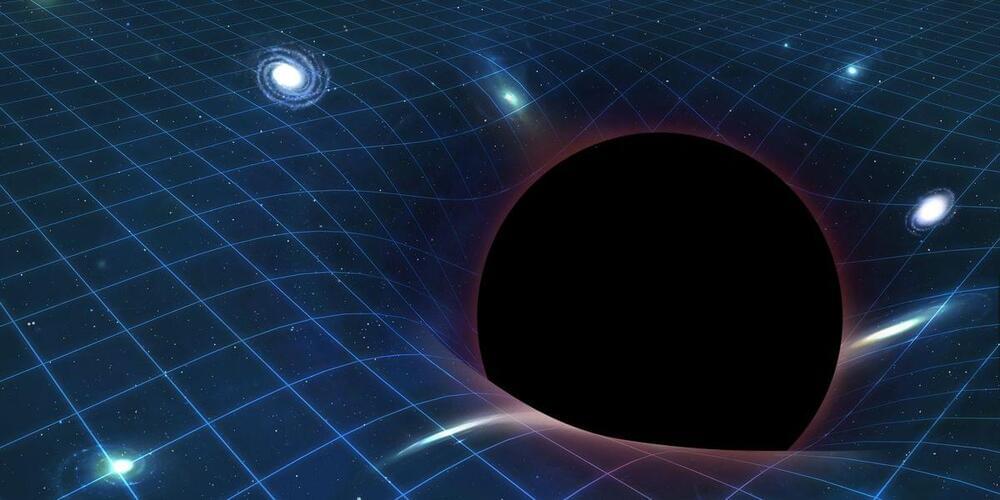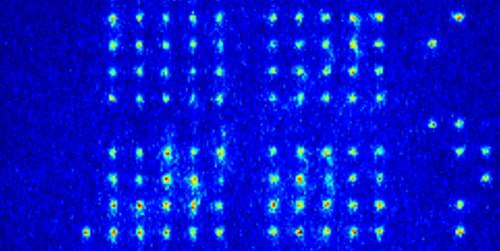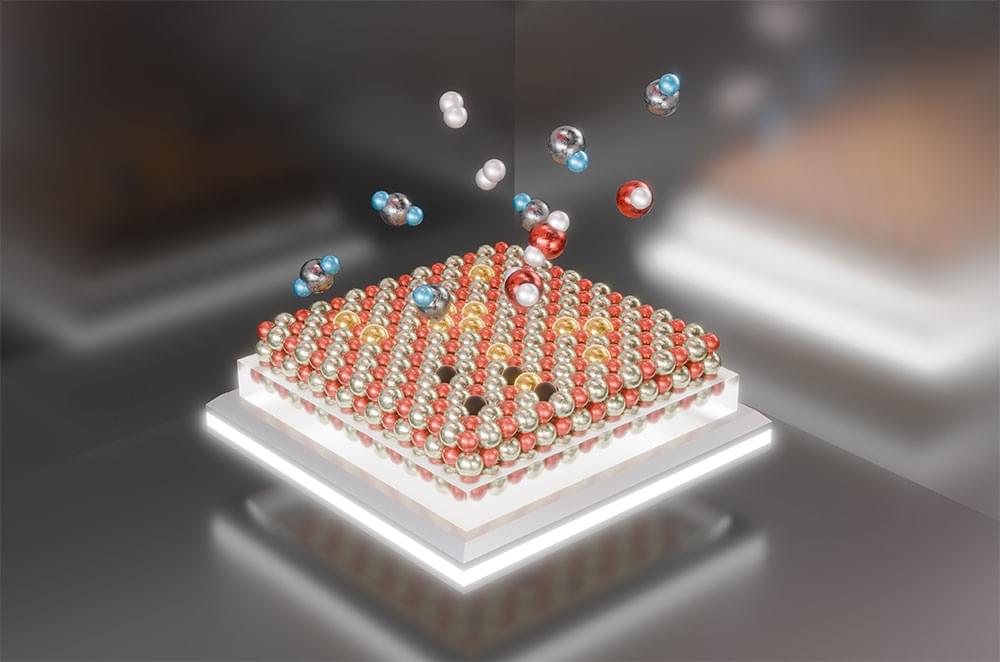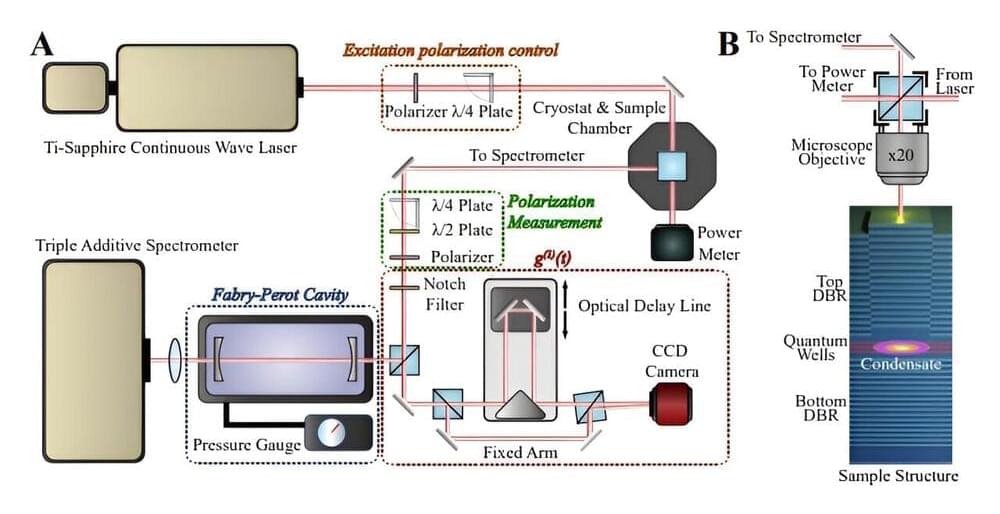Since Nobel-Prize-winning physicist Frank Wilczek first proposed his theory over a decade ago, researchers have been on the search for elusive “time crystals”—many-body systems composed of particles and quasiparticles like excitons, photons, and polaritons that, in their most stable quantum state, vary periodically in time.
Wilczek’s theory centered around a puzzling question: Can the most stable state of a quantum system of many particles be periodic in time? That is, can it display temporal oscillations characterized by a beating with a well-defined rhythm?
It was quite rapidly shown that time crystal behavior cannot occur in isolated systems (systems which do not exchange energy with the surrounding environment). But far from closing the subject, this disturbing question motivated scientists to search for the conditions under which an open system (i.e., one that exchanges energy with the environment) may develop such time crystal behavior.







